190 Bowery is on its way to a rebirth. The building that sits at the corner of Bowery and Spring Street will once again become an office building with ground floor retail, but will keep the graffiti that has accumulated over the years, thanks to approval from the Landmarks Preservation Commission.
The six-story building was designed by Robert Maynicke and completed in 1899. It served as the offices of Germania Bank (and its future names) until it was sold in 1966 and became a private residence. In 2005, it was designated an individual landmark. Last year, it was purchased by Aby Rosen’s RFR Realty for $55 million. They plan to restore the building and convert it back to office space, with the ground floor for an as yet undetermined retail tenant.
On Tuesday, Jørgen Cleemann of the preservation architecture firm Higgins Quasebarth & Partners presented his plan to the LPC, with help from MdeAS Architects. The plan calls for restoration of metal gates, wooden doors, stained glass, and other elements, but not removing the graffiti or cleaning the façade. Some lot line windows will be removed and re-inserted because they need to be sealed per fire code. Other window work was already being handled at the LPC staff level (meaning it didn’t need a formal public hearing).
Commissioner Frederick Bland called 190 Broadway an “extraordinary building” and applauded the “gentleness” of the proposal. He praised retention of the graffiti as an “interesting show of art.” Commissioner Diana Chapin called the proposal “very sensitive.” Commissioner Michael Goldblum said the building would be a “jewel box” and called the proposal “fantastic,” adding that it will be a “real testament to the layering that preservationists seek.”
Community Board 2 recommended and approved it, and the Historic Districts Council was also quite enthusiastic about the proposal.
“HDC applauds the sensitive restoration of this exquisite Bowery landmark. Even the new entrance has been designed carefully so that the historic fabric that is removed will be reincorporated into the building, unlike so many applications where fabric is merely discarded,” HDC’s Kelly Carroll said. “Further, so many landmarked buildings are altered with additions and alterations in exchange for kind restorations. This example shows that it is possible to restore without adding square footage, and we find that remarkable.”
Mitchell Gruber of the Bowery Alliance of Neighbors called the restoration work “highly commendable,” but was against the creation of a new ADA entrance on Spring Street. He called for the Bowery Street office entrance to be made accessible. But Cleemann said that would result in damage to the interior. The commissioners agreed that the approach to creating the new entrance on Spring was sensitive enough and the project was approved very easily.
Evan Bindelglass is a local freelance journalist, photographer, cinephile, and foodie. You can e-mail him, follow him on Twitter @evabin, or check out his personal blog.
Subscribe to YIMBY’s daily e-mail
Follow YIMBYgram for real-time photo updates
Like YIMBY on Facebook
Follow YIMBY’s Twitter for the latest in YIMBYnews

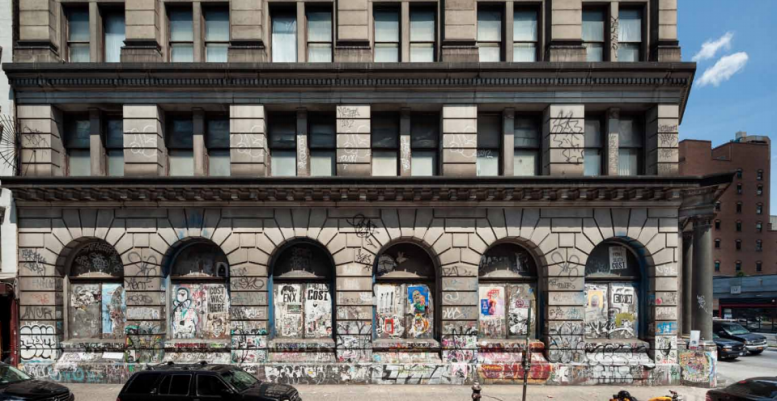
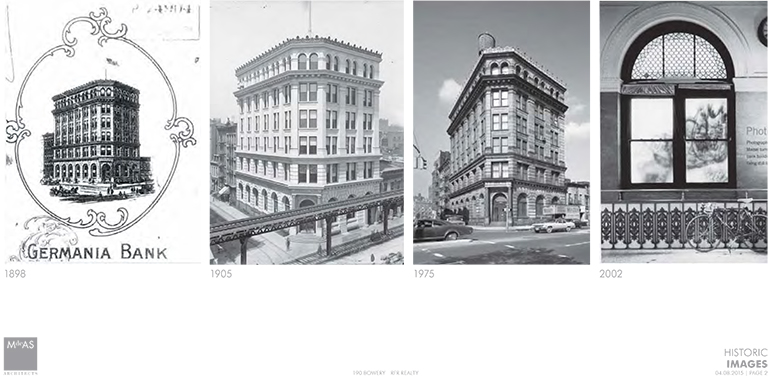
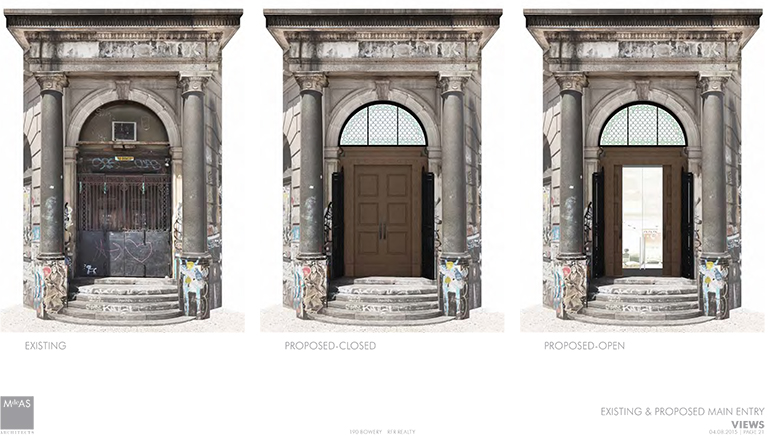

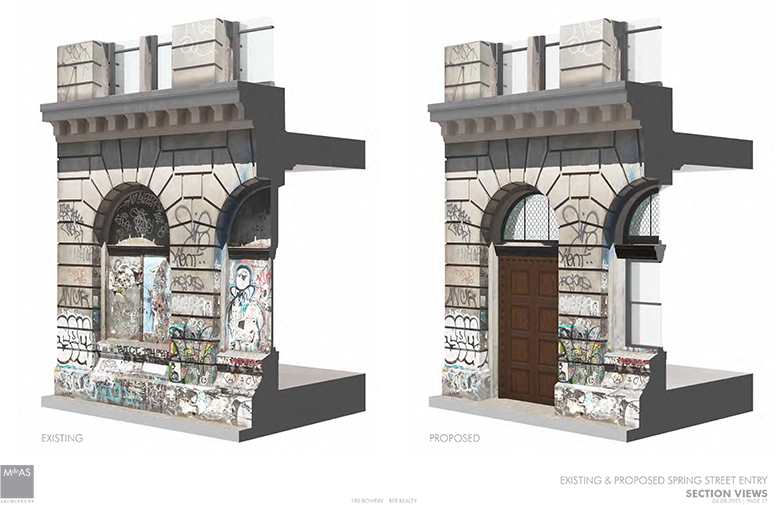
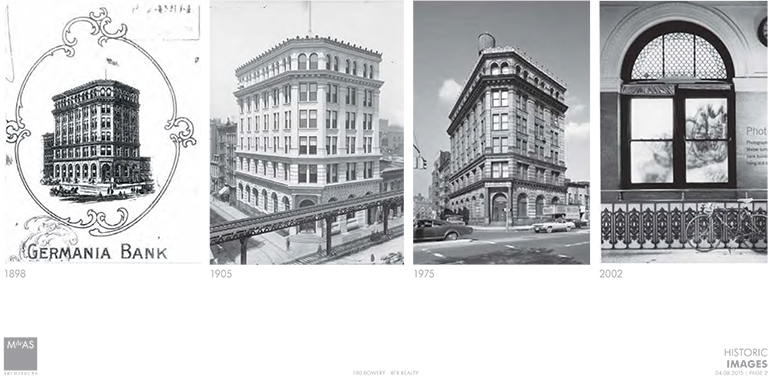
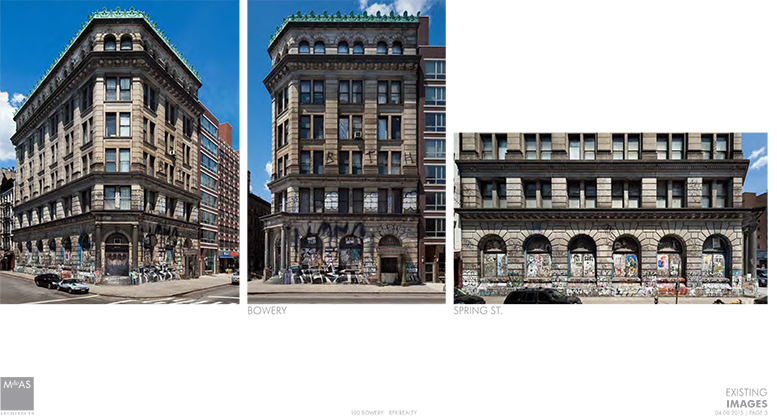
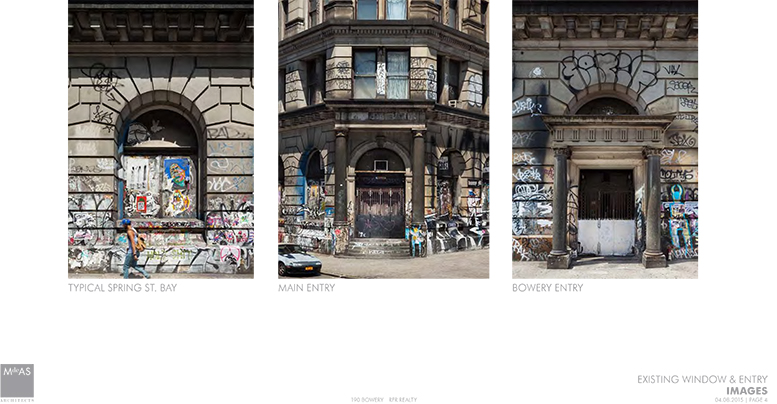
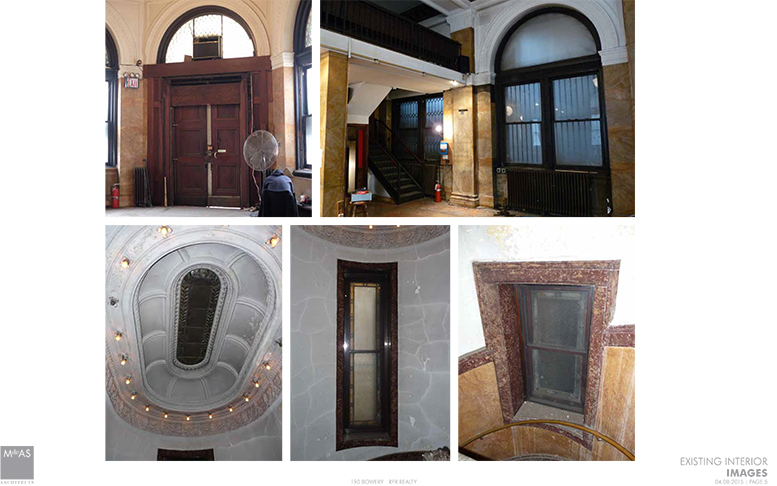

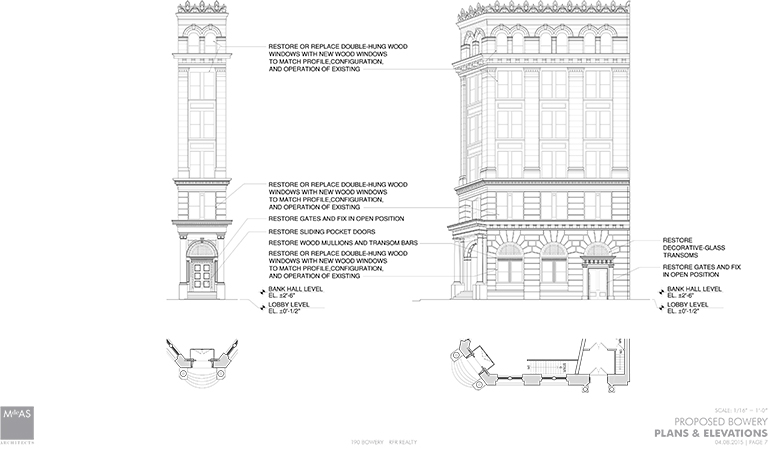
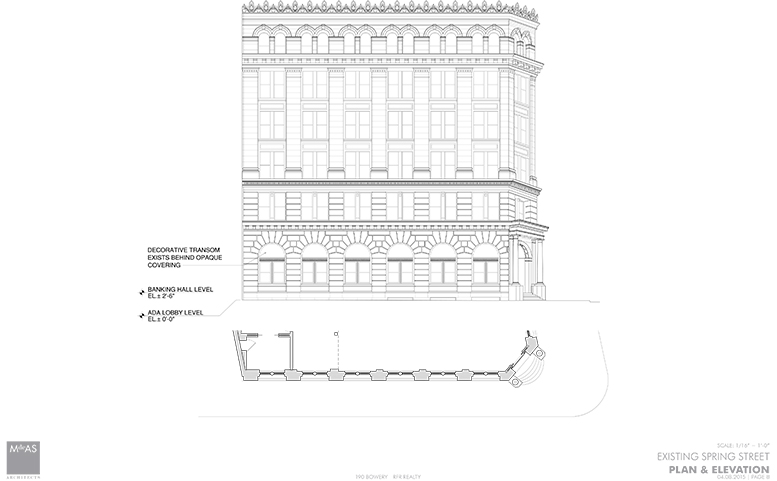
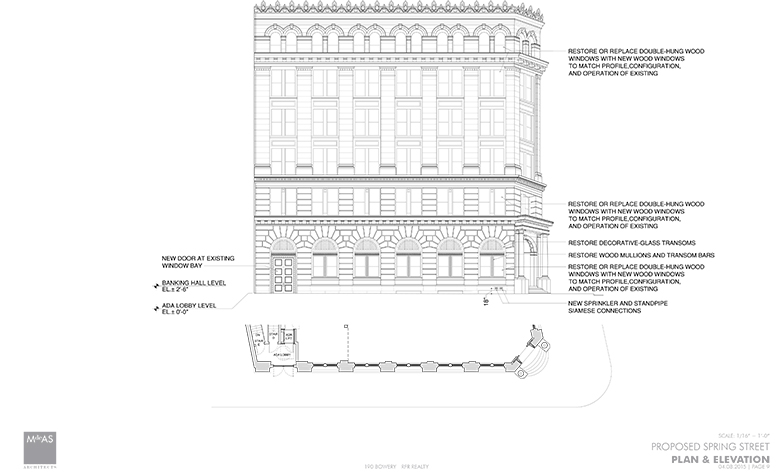
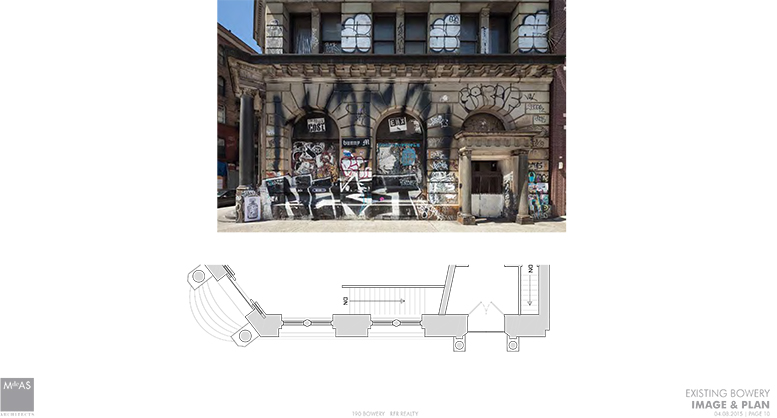

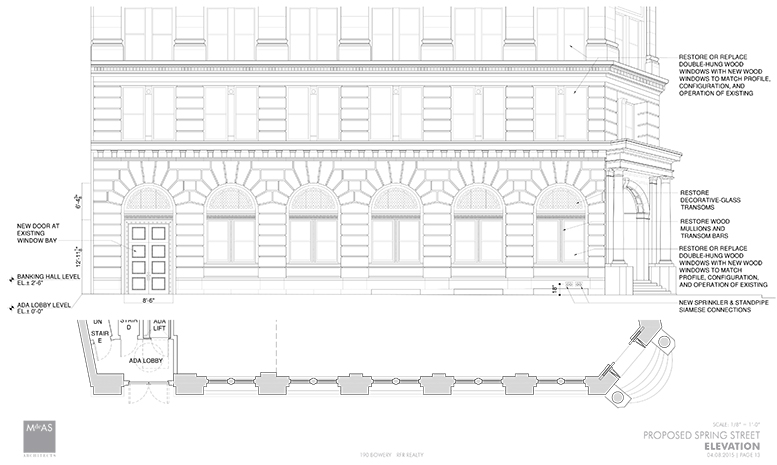
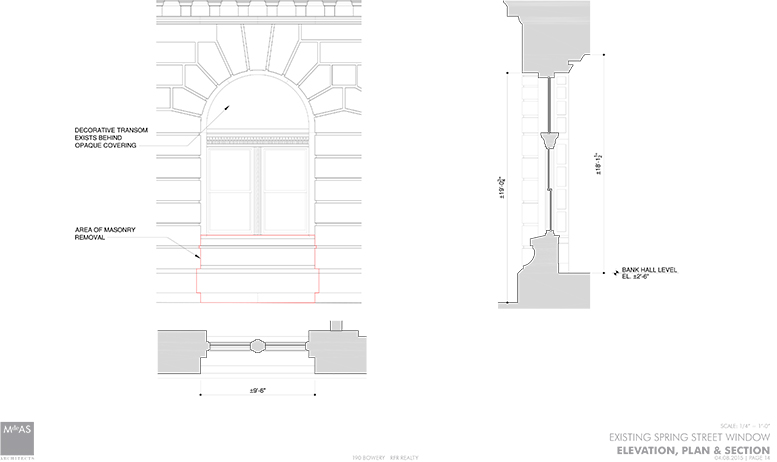
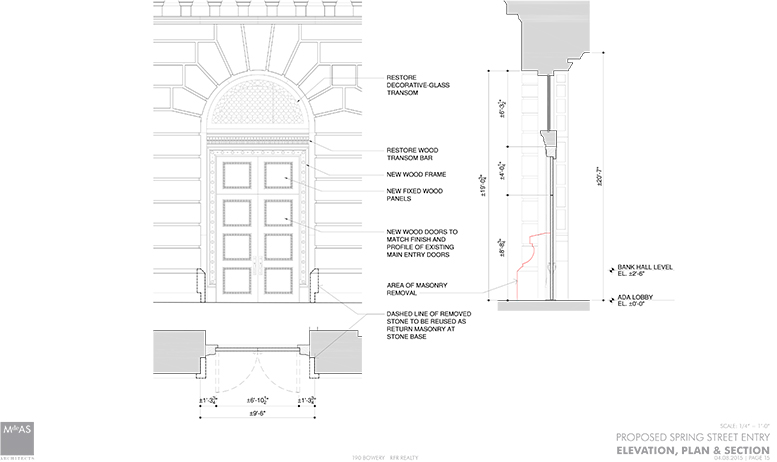
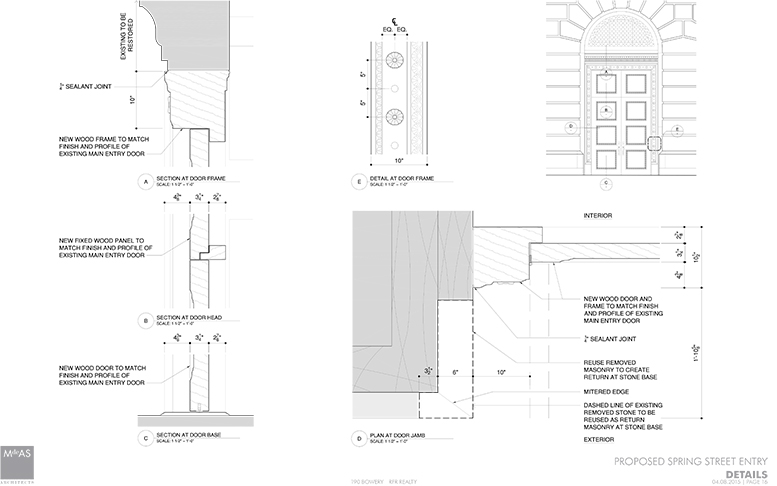
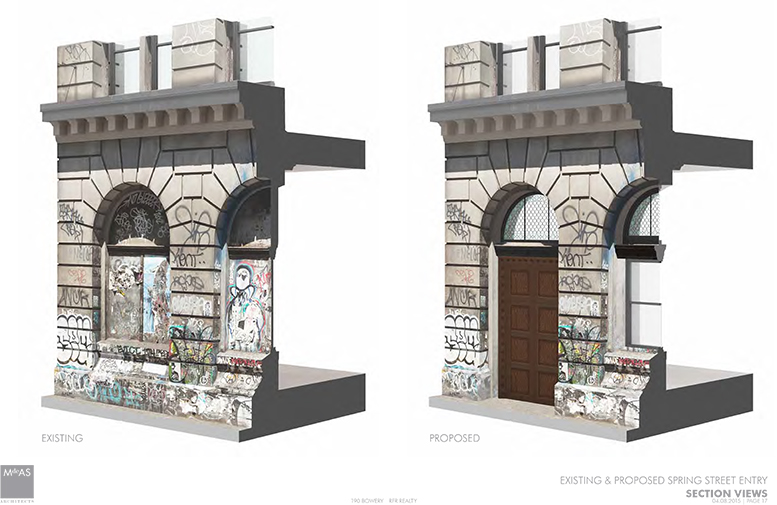
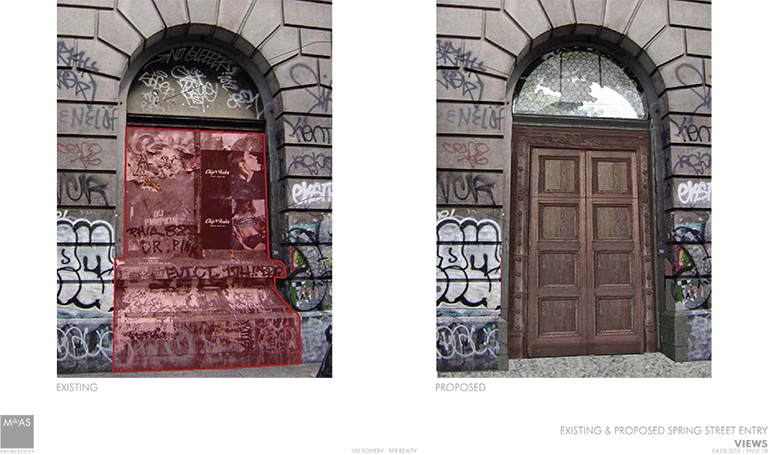
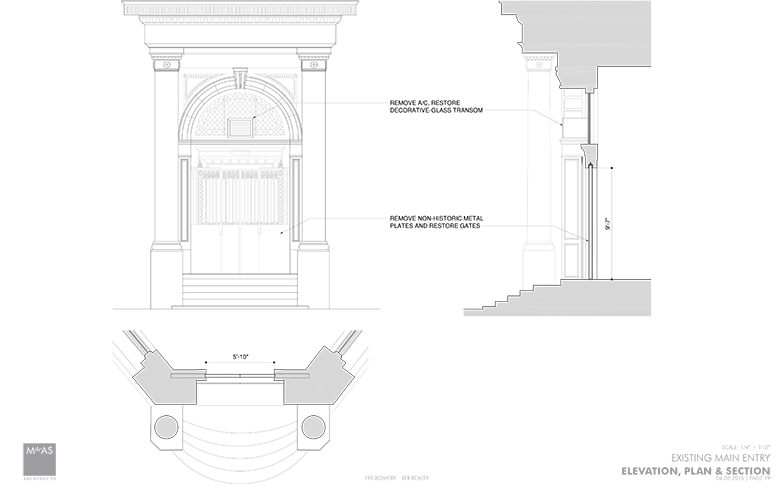
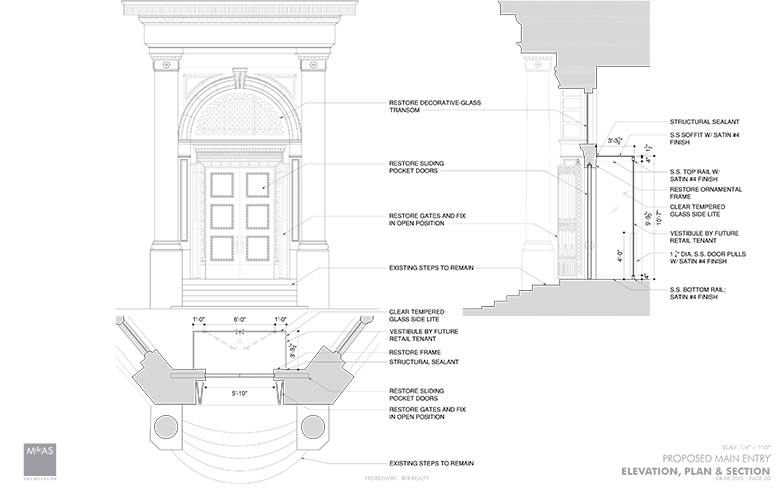
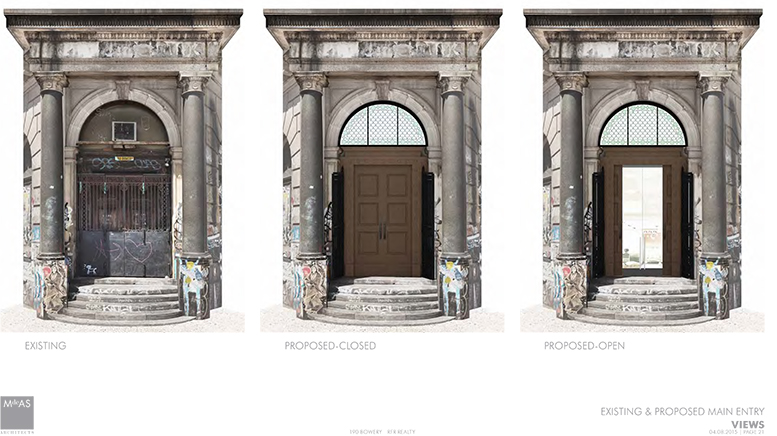

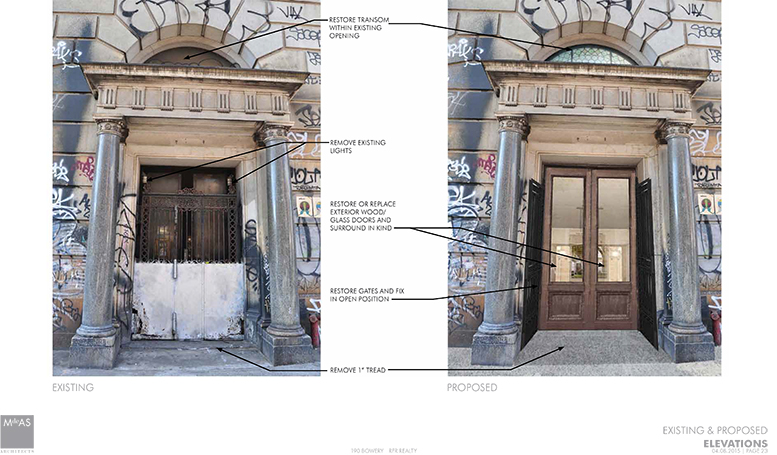
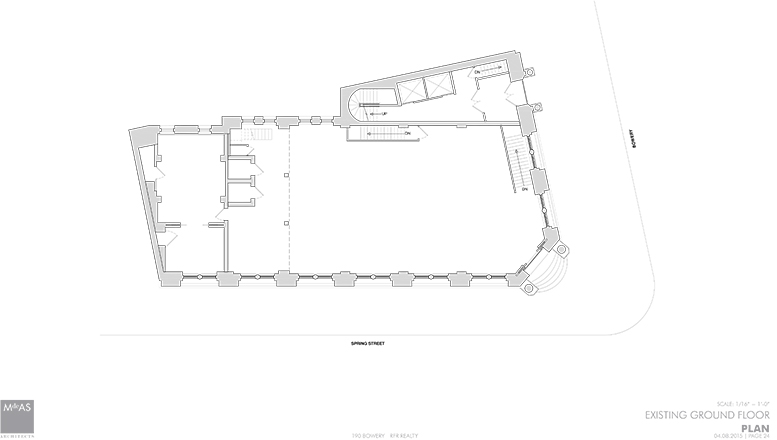
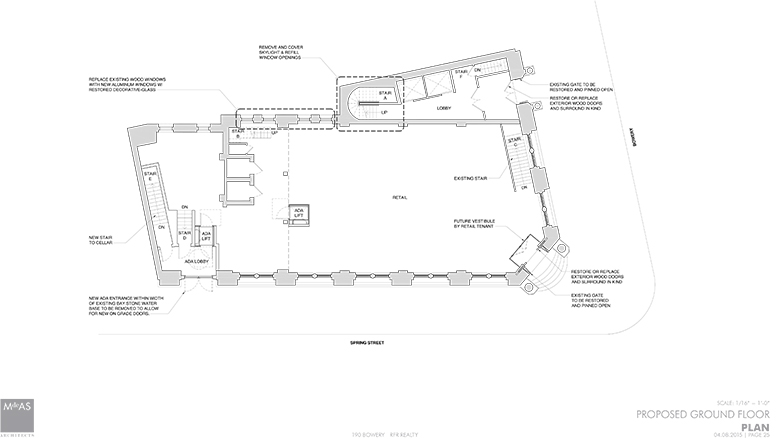
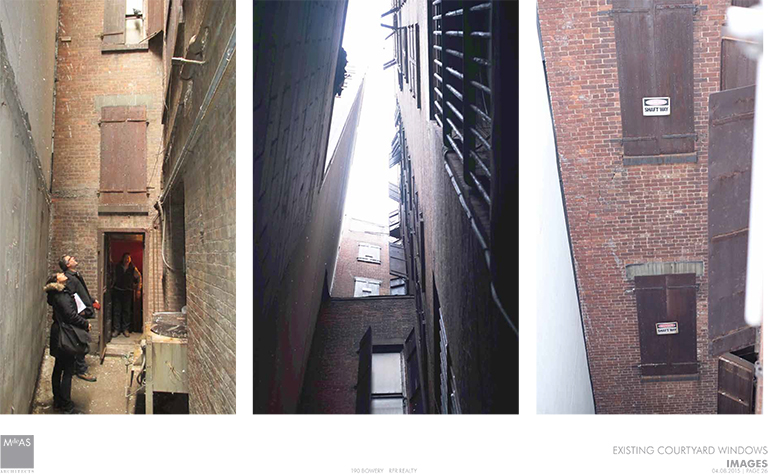
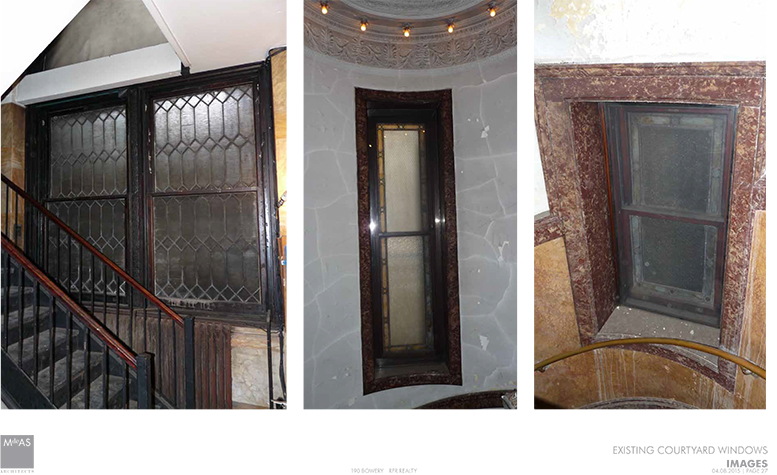
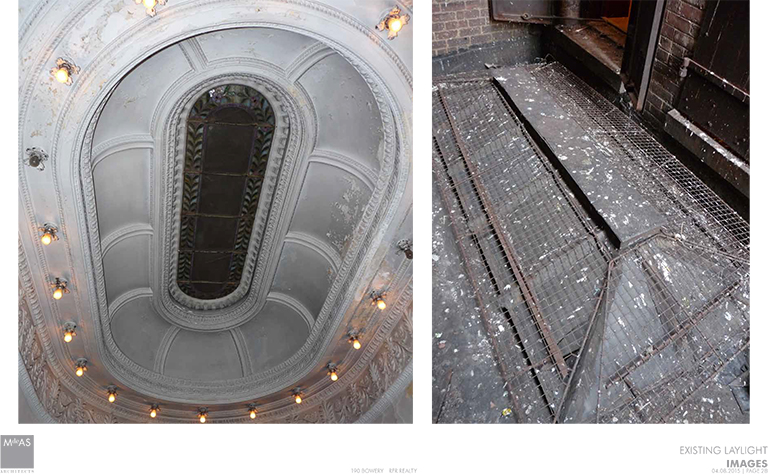

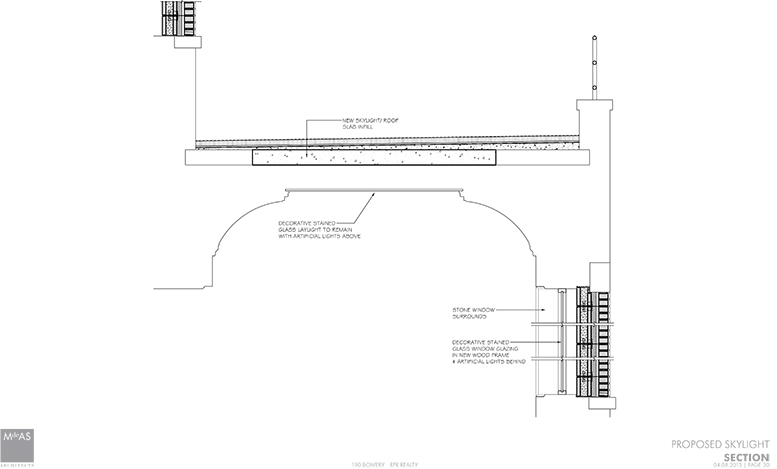
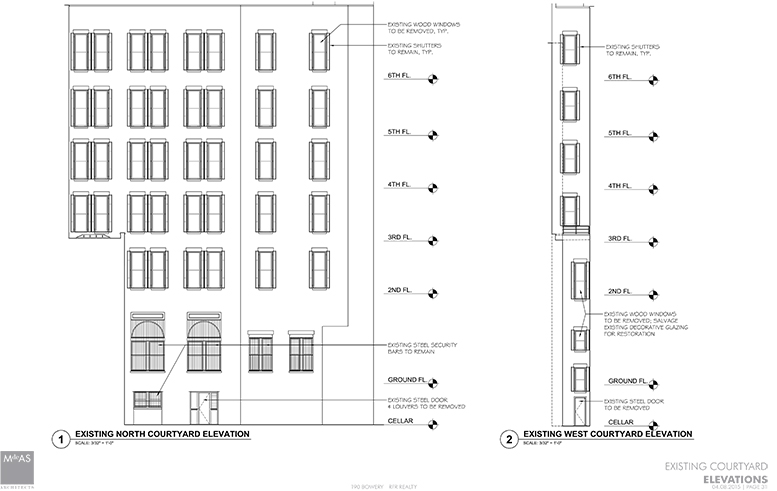
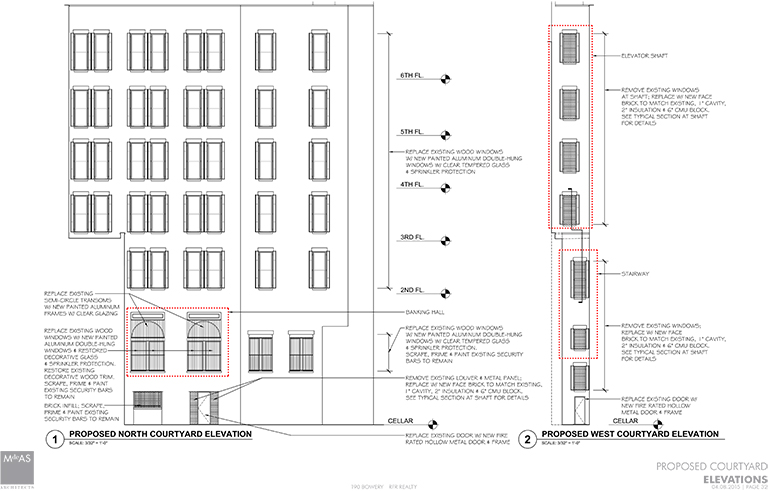
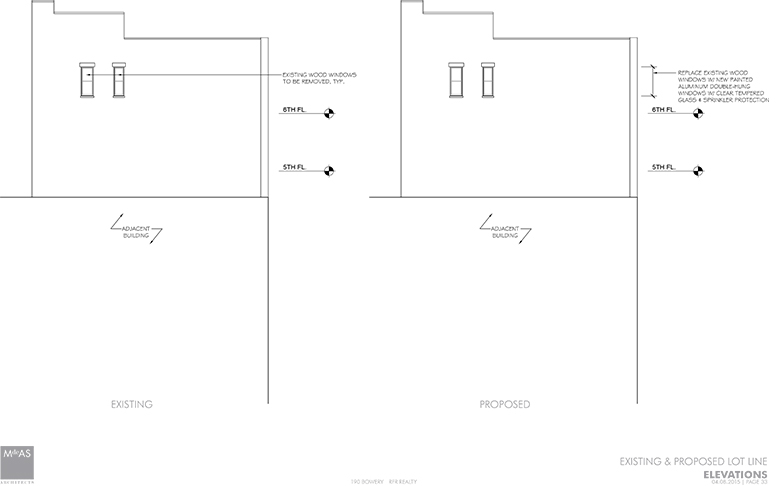
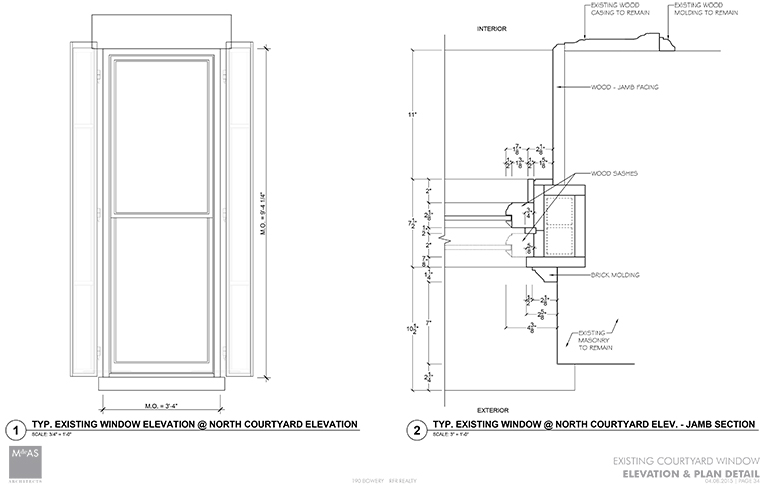

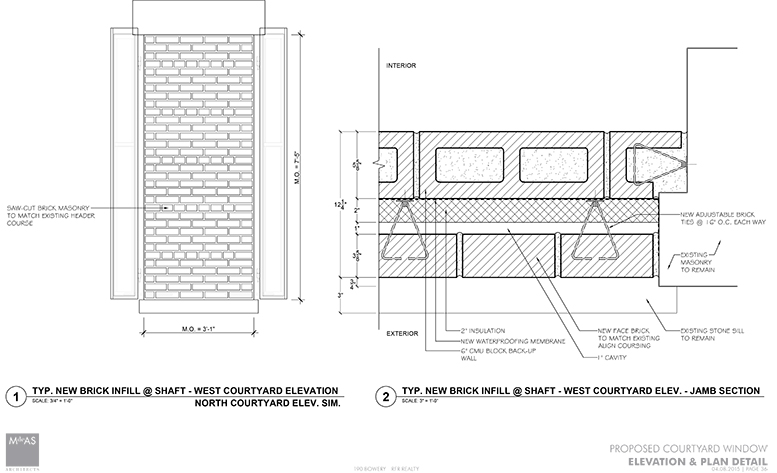
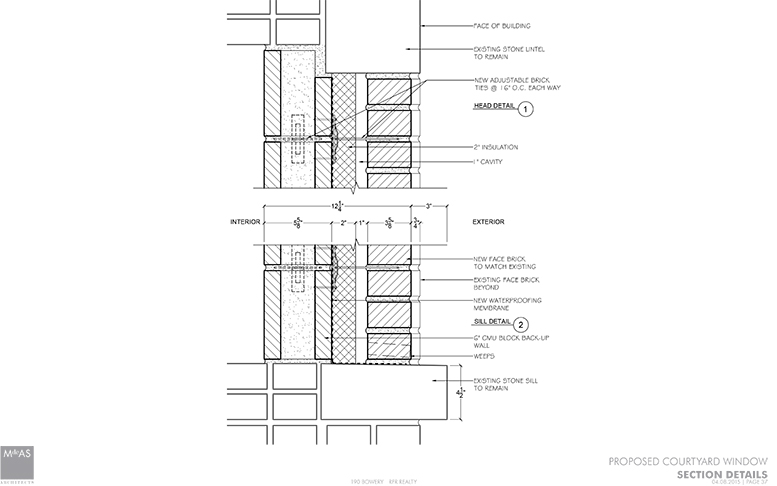
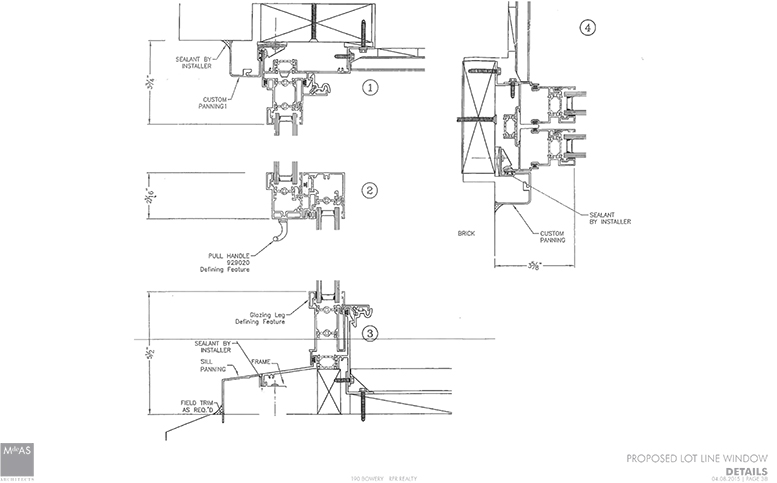
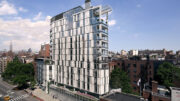
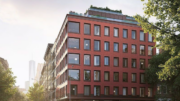
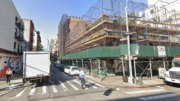
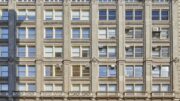
I applaud the restoration of this building.
However by not removing the blight of criminal activity is wrong on so many levels.
SHAME!
How ****ing idiotic!! Graffiti is not art. It’s VANDALISM! How stupid are these commissioners for praising the retention of the graffiti!!
I wholeheartedly agree. The facades should be scrubbed clean. The graffiti here is really disgusting and it mars the beauty of the architecture and competes with the design. How awful to retain this scourge.
The Landmarks Commission has utterly perverted its purpose through the complete failure of the Commissioners’ grasp of reality. Some civic-minded people should post a meetup and whitewash the entire ground floor––try to preserve the graffiti then, morons!
Hmmm. I guess beauty really is in the eye of the beholder. I think the LPC, CB2 HDC and Bowery Alliance of Neighbors should all be commended for seeing the value in maintaining the graffiti. I am curious to know what happened to the squatters I undertood to have occupied the building for several years. Any insight on that part of the story would be appreciated.
@L Cauthen, the building was not occupied by squatters, it was owned and occupied by the photographer Jay Maisel and his family. He bought it for $102k in 1966 when he was 35. He was most famous for his photo of Miles Davis that was used as the cover for the 1959 “Kind of Blue” album.
@Yacob thanks so much for the clarification! And, yes I am familiar with Mr. Maisel and the photo. I just didn’t know that he was the one that owned the property. Regards.
If graffiti is vandalism, that’s only because its often applied without permission. But I don’t believe that anyone would argue graffiti is vandalism if it appears on a canvas in an art show, right? You might not appreciate it — much of modern art is controversial and not universally appreciated — but, at least in an art show, its clearly not vandalism. So the philosophical question is, when “art” is applied without permission to private and public structures, is it always “vandalism” and not “art”? Can graffiti be both? Is it a question of permission to apply it? The taste of the beholder? Certainly I think we can all admit that its at least a topic of debate. By the way, I own the real estate company (Level Group) whose store is directly across the street on 6 Spring. Personally, I think the graffiti IS an art form and is worthy of protection, although a building owner should have the right to either preserve it or scrub it, as they wish. Its their building. Just as they can design a building that we find ugly, or allow a building to become weathered and distressed (subject to laws), so they can decide to retain exterior graffiti or scrub it, especially since it was applied without their consent in the first place. Personally, I enjoy the look of 190 Bowery’s graffiti. And as that neighborhood continues to see more and more new development, that graffiti will increasingly become an anachronism that will remind us of the rock and roll heritage of that neighborhood which, like CBGB, is now long gone….
CLEAN IT.
Grafifti on a canvas is still crap, not art. It has nothing to do with permission. It’s appalling that this commission would allow such blight to persist. It is the duty of every property owner to have graffiti removed out of respect to neighbors. How is it that people have become so dumb that such an obvious point can be lost.